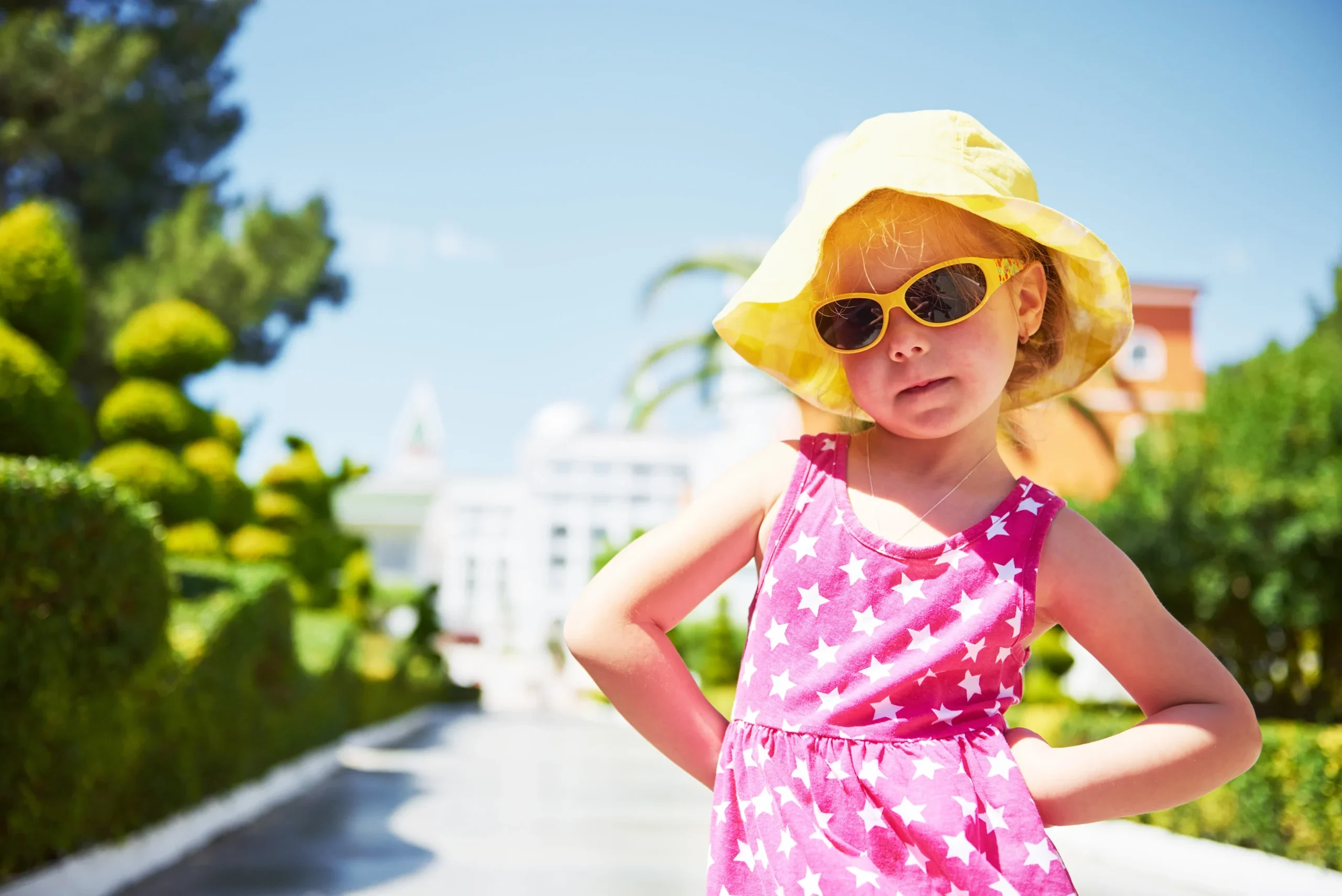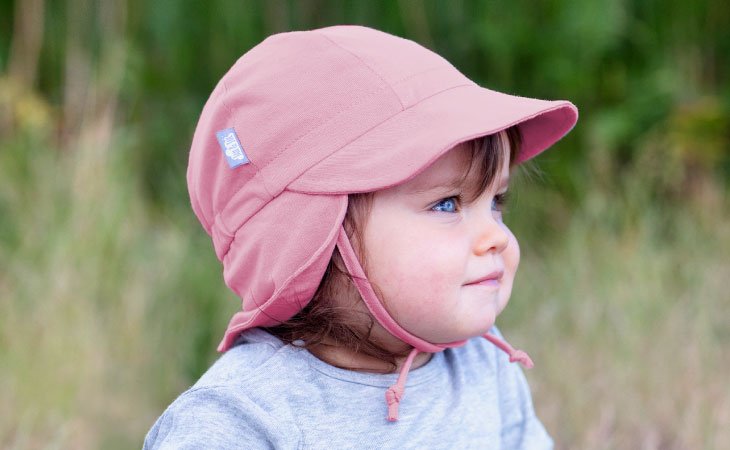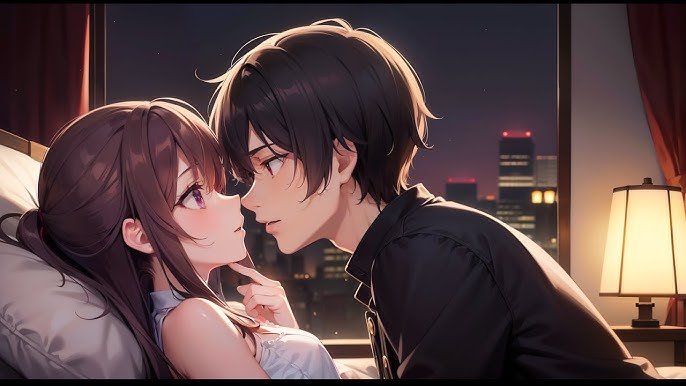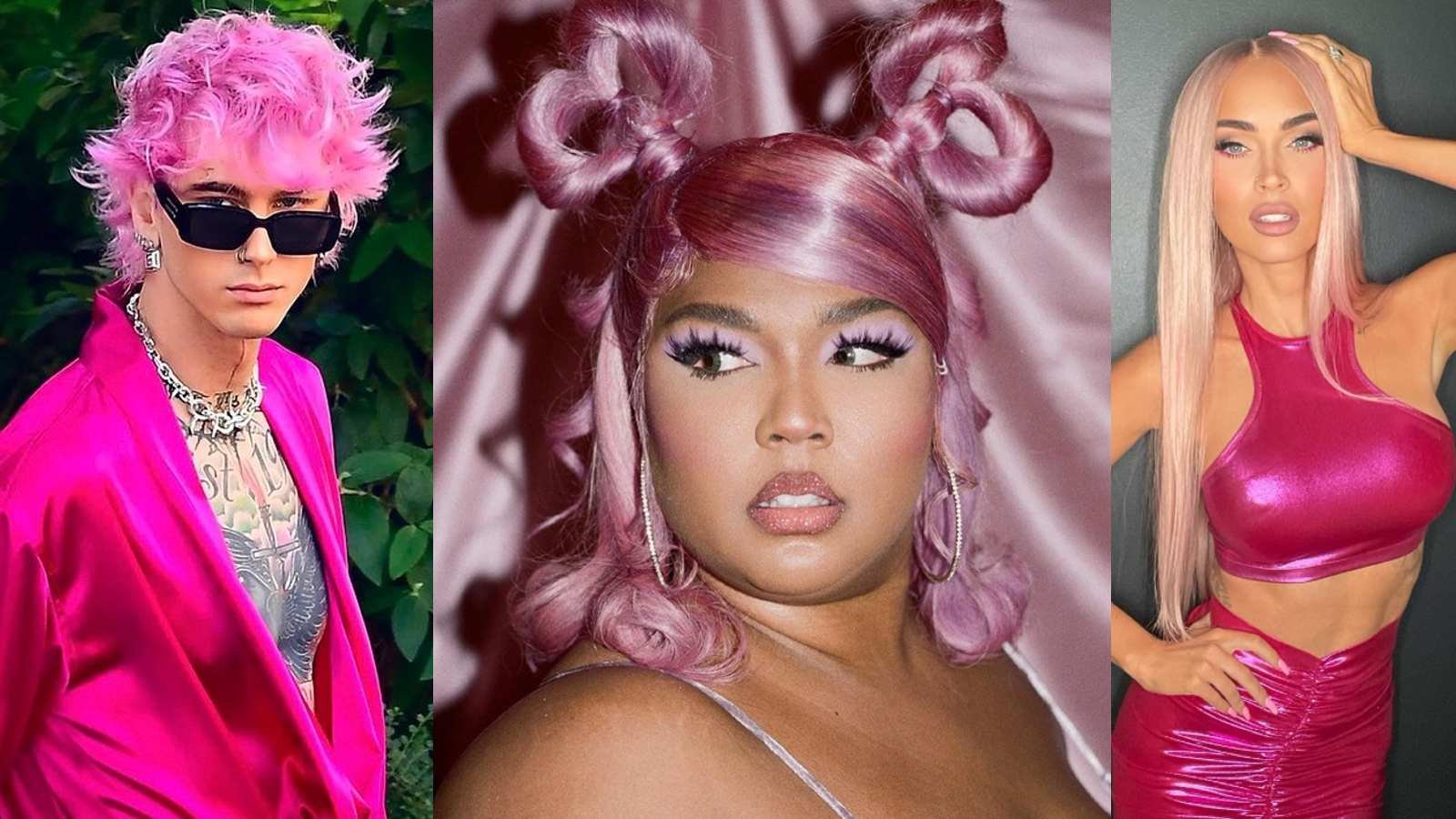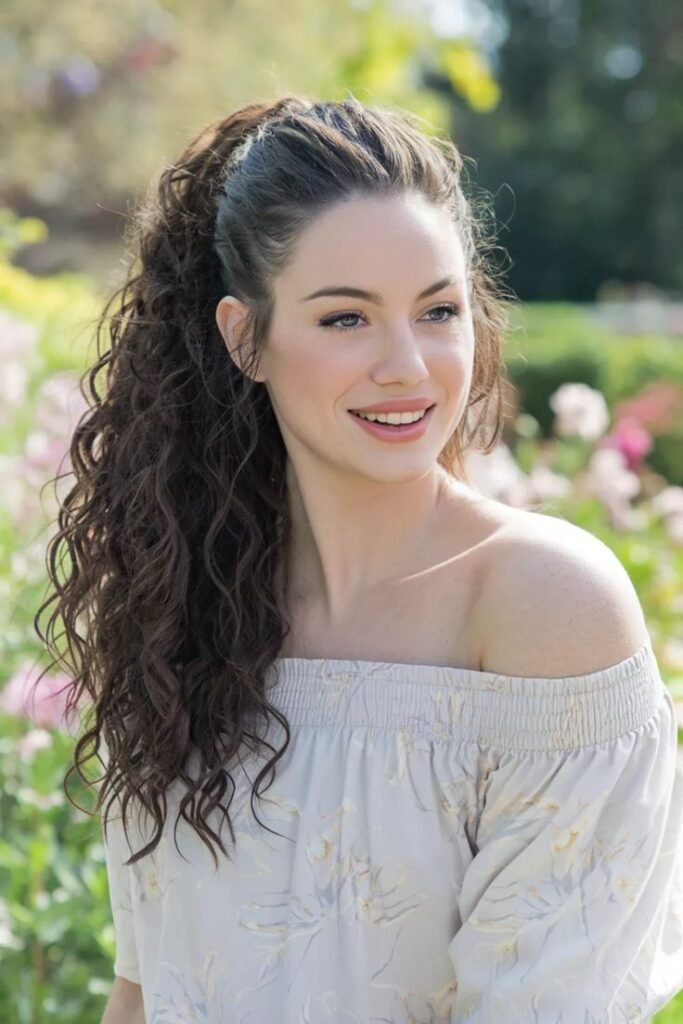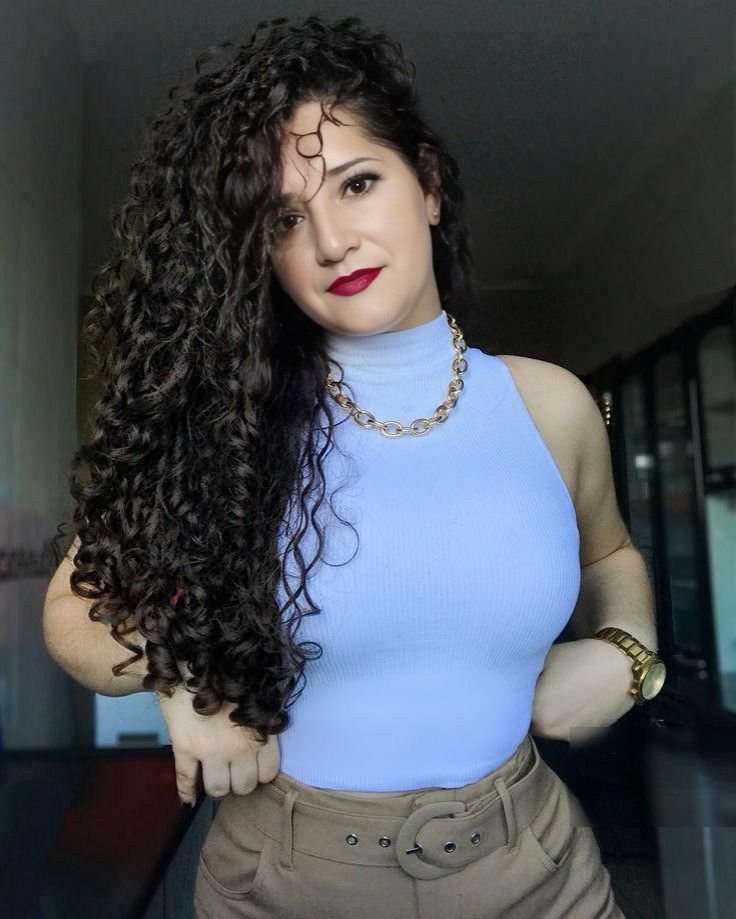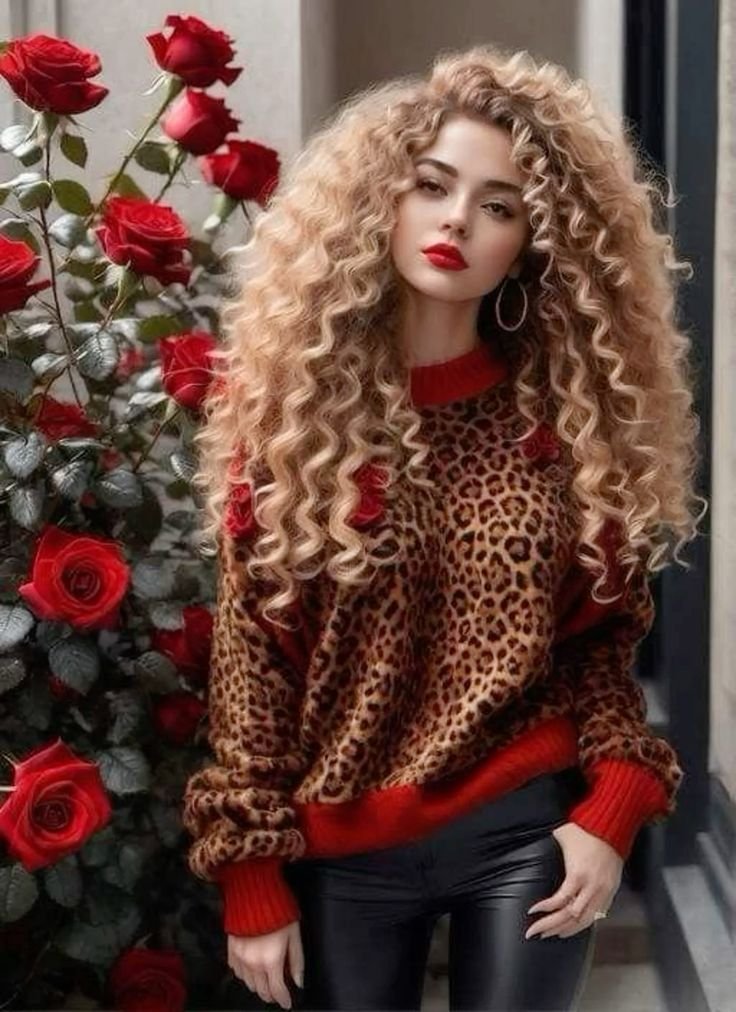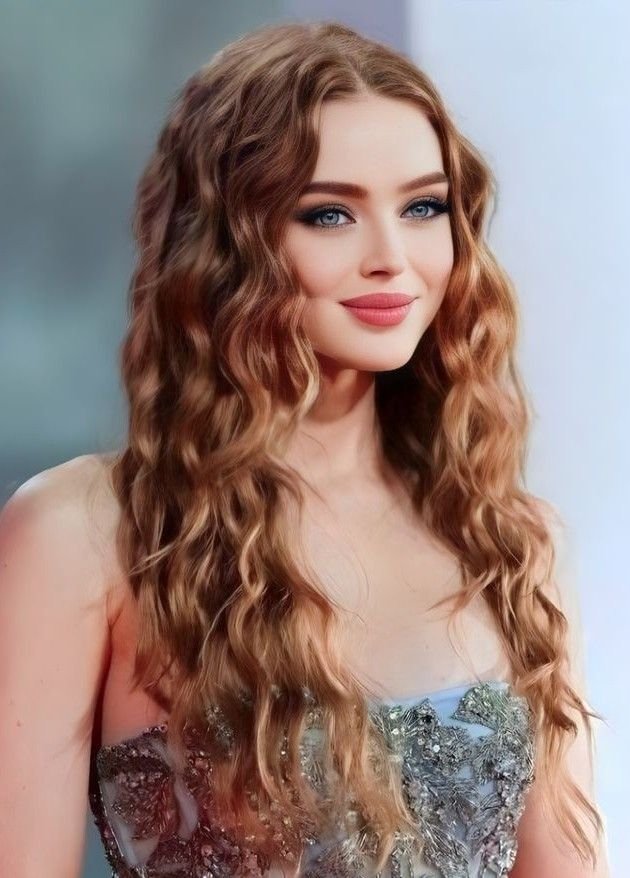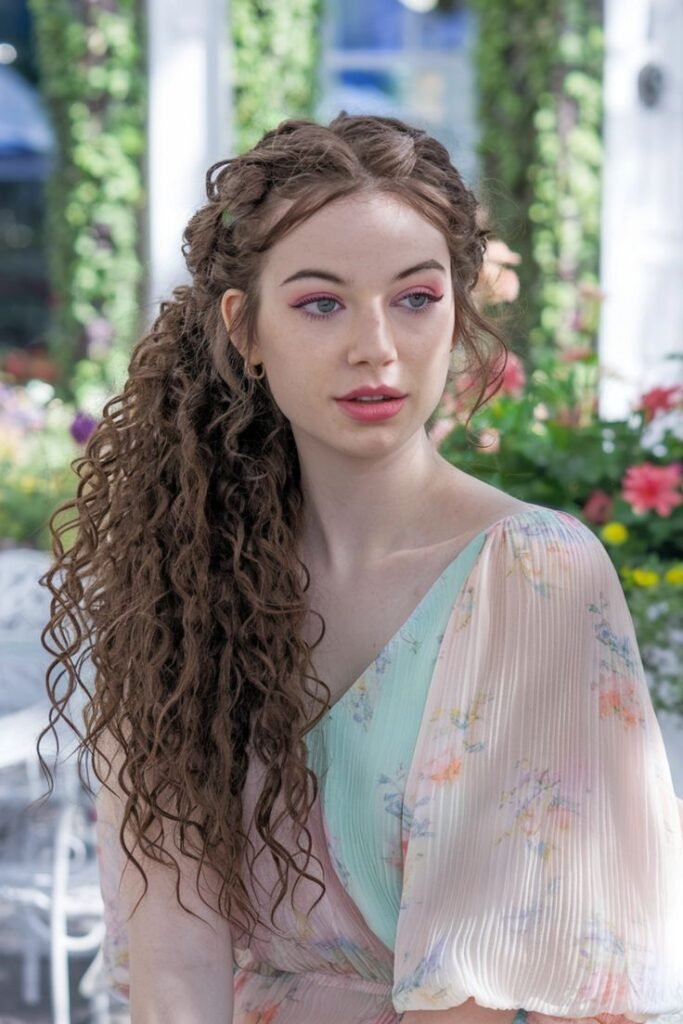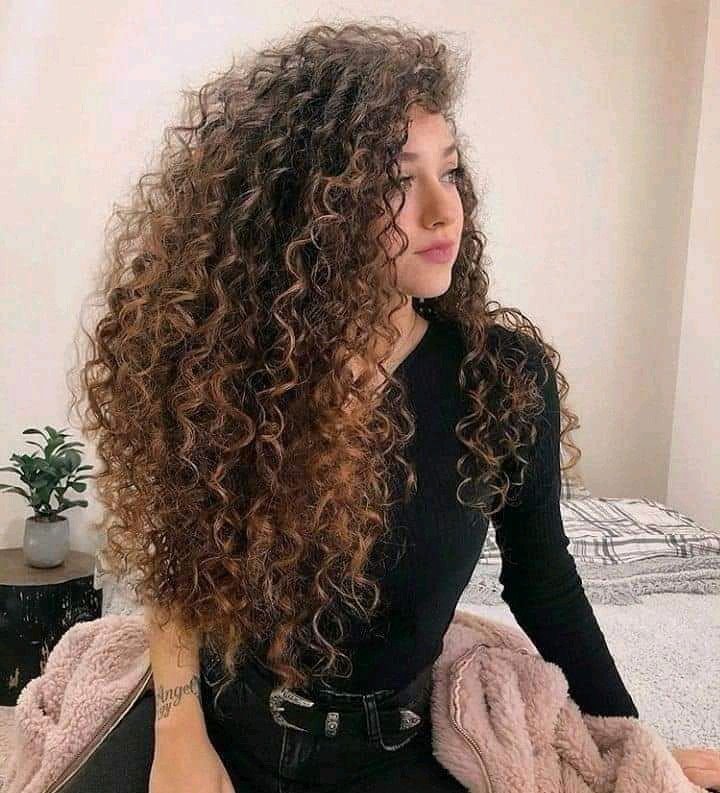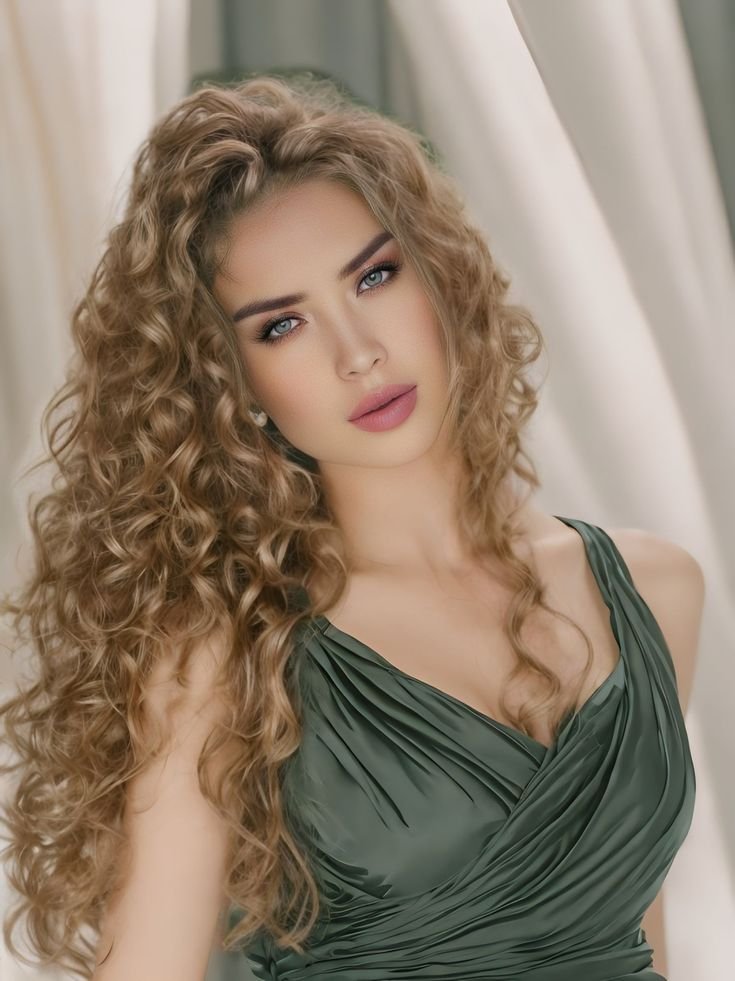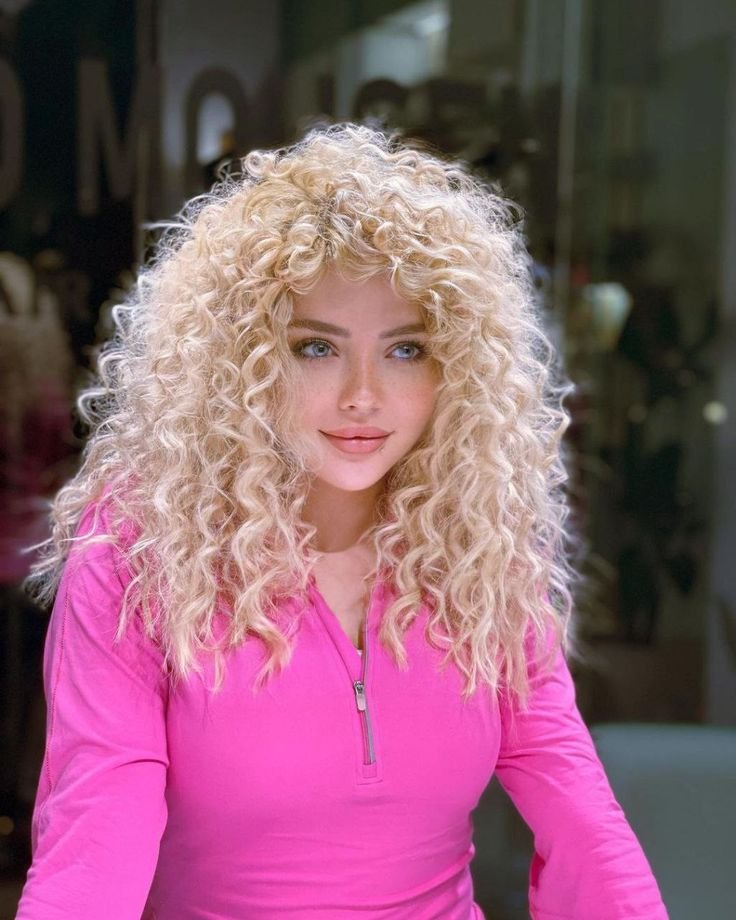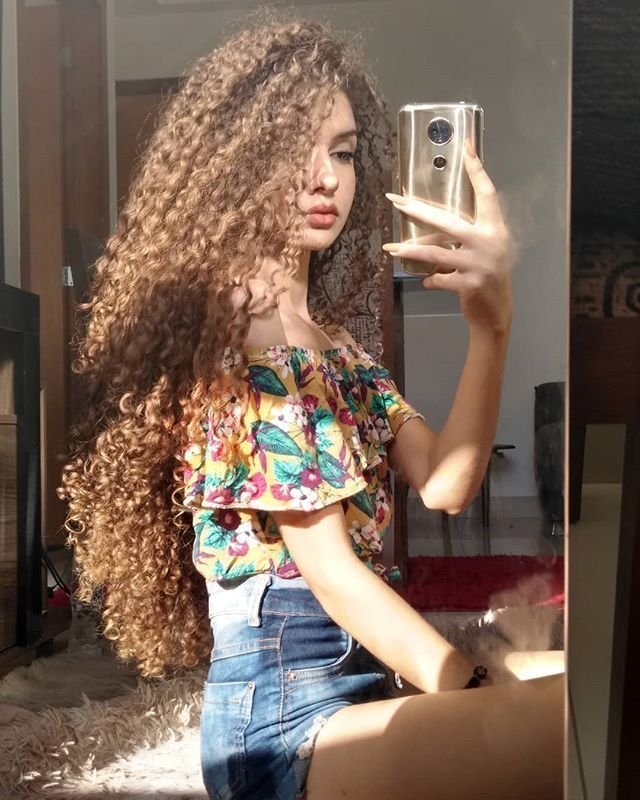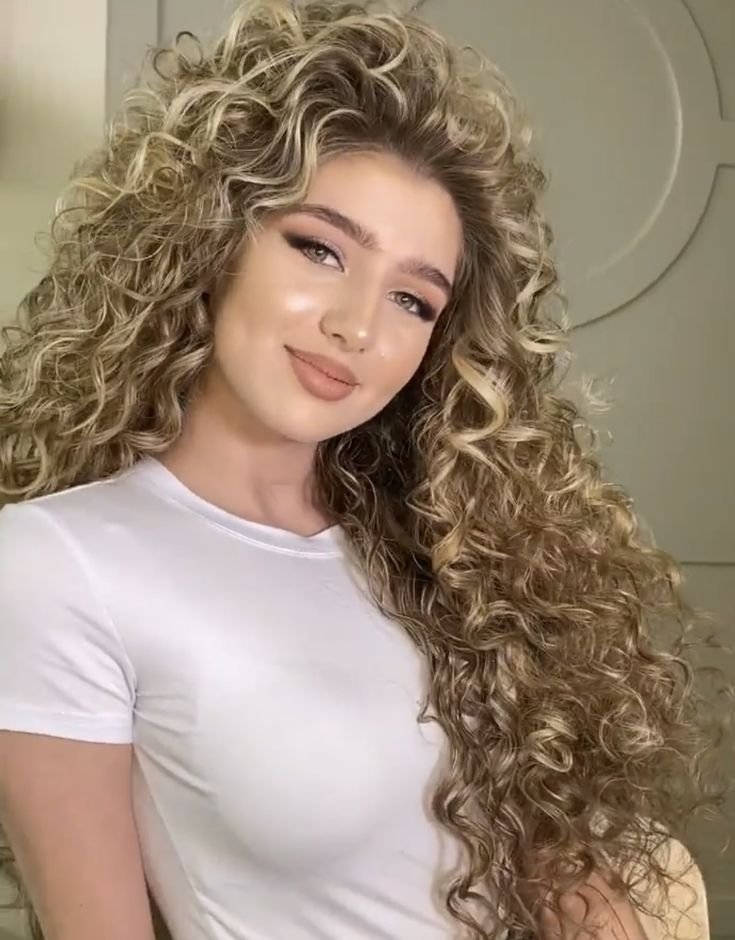Once considered edgy and rebellious, pink hair has taken center stage in recent years as a bold fashion statement—and a form of self-expression that transcends age, gender, and cultural boundaries. From bubblegum hues to pastel washes and vivid magentas, pink has become one of the most beloved hair colors in the beauty and fashion world.
The Cultural Rise of Pink Hair
The shift toward non-traditional hair colors began gaining momentum in the early 2010s, with celebrities like Katy Perry, Lady Gaga, and Nicki Minaj experimenting with bright locks. But in the past few years, pink hair has evolved from a red carpet stunt to a mainstream fashion choice.

Influencers, artists, and even CEOs are now rocking various shades of pink, proving that this color is no longer reserved for pop stars or punk rockers. Pink hair has appeared in TV shows, fashion campaigns, and even political protests, becoming a visual metaphor for freedom, transformation, and empowerment.
Add Your Heading Text What Does Pink Hair Say About You?
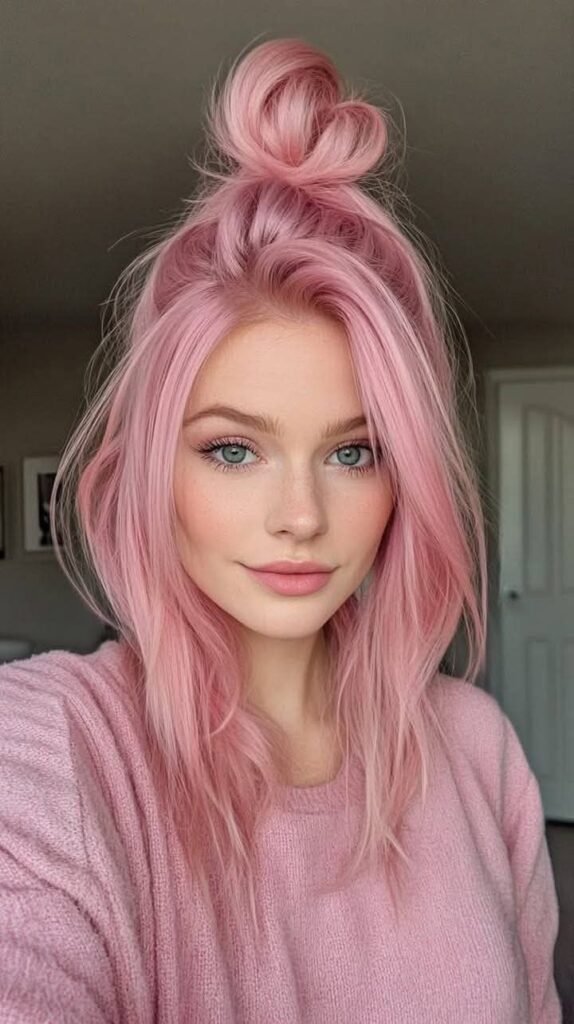
Color psychology plays a big role in the appeal of pink. Soft pastels can represent gentleness, romance, and youthfulness, while deeper pinks—like fuchsia or neon—often convey confidence, fun, and independence.
Different Shades of Pink Hair to Explore
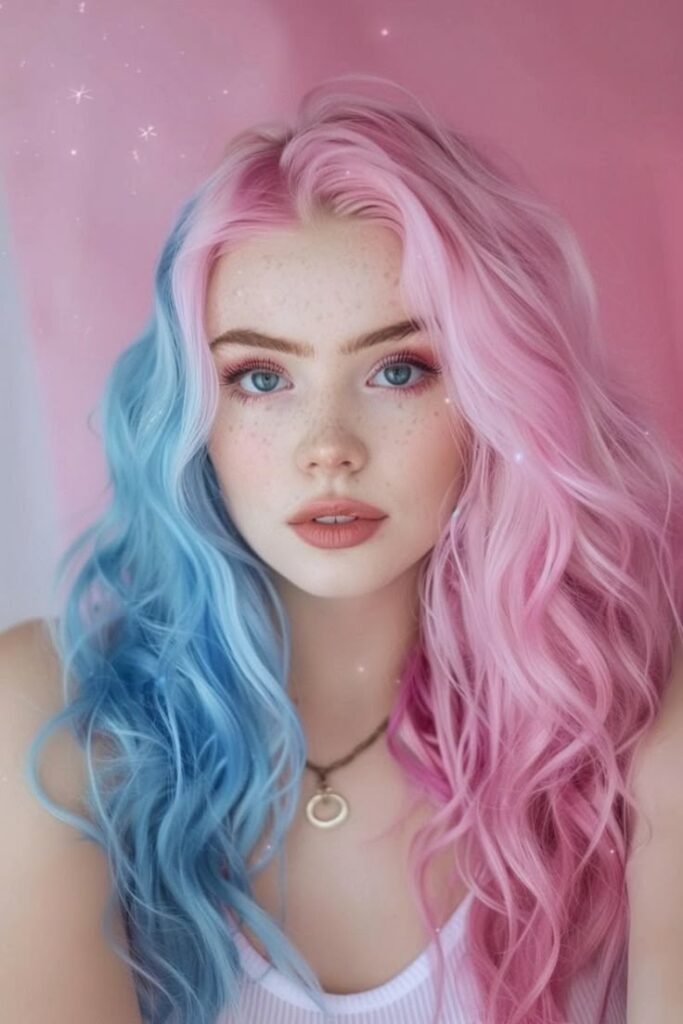
Pastel Pink – Soft and dreamy, this shade pairs beautifully with light skin tones and blends well into ombré or balayage.
Rose Gold – A subtle, elegant option that mixes pink and blonde—ideal for those seeking a more natural look.
Hot Pink / Neon – Perfect for extroverts or trendsetters who love bold, head-turning statements.
Peachy Pink – A warmer pink that complements a wide range of skin tones.
Dusty Pink – More muted and wearable, great for a vintage or romantic vibe.
Rose Gold – A subtle, elegant option that mixes pink and blonde—ideal for those seeking a more natural look.
Hot Pink / Neon – Perfect for extroverts or trendsetters who love bold, head-turning statements.
Peachy Pink – A warmer pink that complements a wide range of skin tones.
Dusty Pink – More muted and wearable, great for a vintage or romantic vibe.
Pink Hair Care Tips

Maintaining pink hair requires some commitment, but the results are well worth it. Here’s how to keep your pink locks vibrant and healthy:
Use Sulfate-Free Shampoo – Regular shampoos can strip color. Choose gentle, color-safe products.
Wash Less Often – Frequent washing causes the color to fade quickly. Dry shampoo is your friend.
Deep Condition Weekly – Keep hair moisturized to avoid breakage and dryness from bleaching.
Avoid Heat Styling – Or at least use a heat protectant to prevent further damage.
Touch-Ups Matter – Pink dyes fade faster than traditional colors. Be ready for monthly (or bi-weekly) refreshes.
Use Sulfate-Free Shampoo – Regular shampoos can strip color. Choose gentle, color-safe products.
Wash Less Often – Frequent washing causes the color to fade quickly. Dry shampoo is your friend.
Deep Condition Weekly – Keep hair moisturized to avoid breakage and dryness from bleaching.
Avoid Heat Styling – Or at least use a heat protectant to prevent further damage.
Touch-Ups Matter – Pink dyes fade faster than traditional colors. Be ready for monthly (or bi-weekly) refreshes.
Is Pink Hair Right for You?
If you’ve ever thought about dying your hair pink, now is the perfect time. Whether you go full neon or just add a few rose-tinted streaks, pink offers a fun, modern way to reinvent your look—and maybe even your mood.
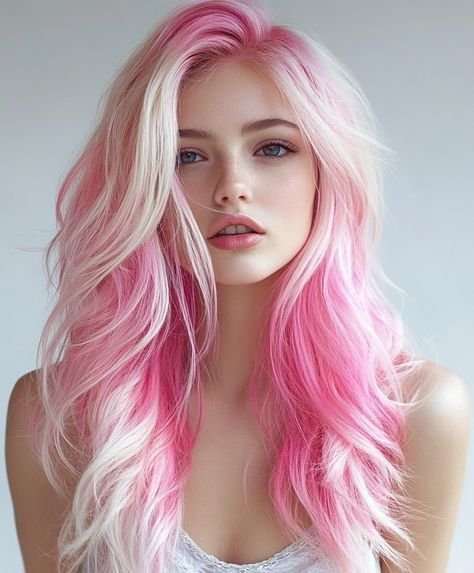
No matter your age or lifestyle, pink hair is about confidence and creativity. It challenges outdated beauty standards and shows the world you’re not afraid to be bold.
Final Thoughts

From fashion statements to personal transformations, pink hair has earned its place as a powerful and versatile choice. It’s not just a color—it’s an attitude. Whether you’re chasing aesthetic vibes, artistic flair, or just want a change, pink hair offers a world of possibility.

